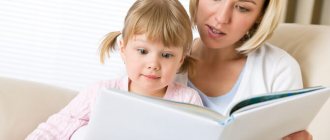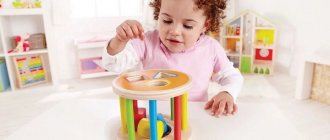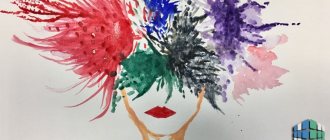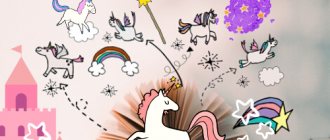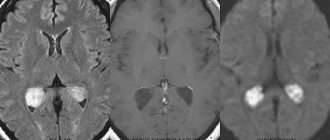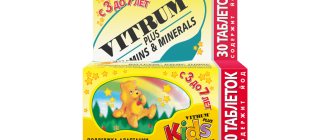How does a child’s lesson with an art therapist work?
Art therapy is not a drawing or sculpting class. Attention is paid primarily to emotions and creative self-expression, and not to the technique of completing a task. The number of meetings, materials and techniques will depend on the goals and objectives of the group. The following materials are used in isotherapy:
- Most often, gouache is used for children. These are bright colors with a dense coating that help to depict feelings and bodily sensations.
- Watercolor is used to work with emotions, dreams and fantasies.
- Oil pastels and wax crayons are used to draw on the themes of safety, support, and basic needs.
- Clay, plasticine, and salt dough are good for managing aggression, stress, and fears. These materials are dependent and allow you to thoroughly work through a disturbing topic and transform it into something new.
- The “Collage” technique is great for developing creative thinking and imagination, it teaches you to find unusual solutions and is useful for fine motor skills.
- Pescography is also often used to develop fine motor skills and tactile sensitivity.
Regardless of what material is used in art therapy for children in Moscow, the price of classes remains the same.
In children's art therapy classes are conducted by a professional psychologist who helps children safely and openly express their feelings through creativity and promotes their comprehensive development.
How is art therapy beneficial for children?
Julia Gippenreiter advises giving children a free (“green”) area for creativity, where the child himself will decide what and how to do. This is not easy to do at home. And often the price of home art therapy lessons for children is splattered walls and frayed parents’ nerves.
Art therapy art classes with a professional teacher (isotherapy) are a safe space where a child can fully express themselves and show their talent.
The advantage of art therapy is that it is equally effective with quiet, withdrawn children and hyperactive hooligans. Techniques used in groups harmonize the child’s overall emotional state and reduce stress and anxiety. The child feels more confident and learns to solve his problems.
Creativity therapy helps synchronize the work of the right and left hemispheres, develops non-standard thinking, and stimulates imagination.
Art therapy classes in Moscow and other cities are an opportunity for a child to positively experience difficult situations: to throw out aggression, overcome fears, embarrassment, and find contact with their emotions. Emotional children experience their destructive impulses through creativity and become calmer and more balanced.
Working in an art group, a child develops communication skills and learns to understand the feelings of other people.

